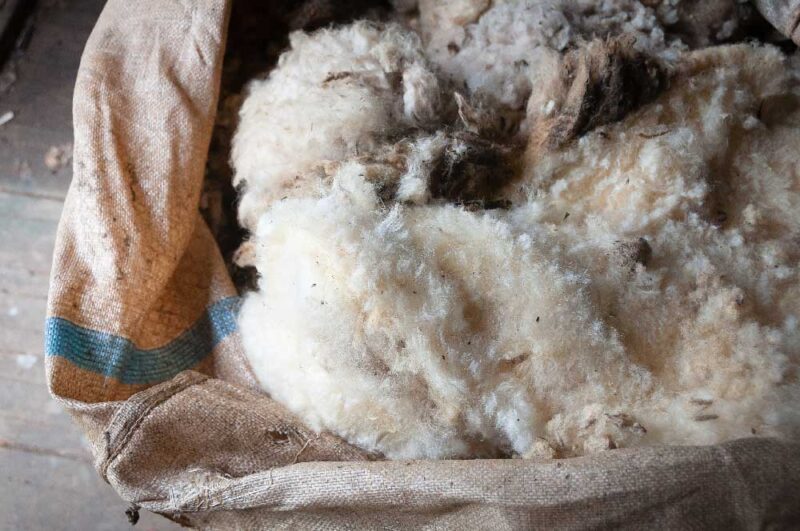
The Future of Wool
BY ALICIA CARR
Wool is one of the world’s oldest and most sustainable, versatile fibres.
Sourced from animals including sheep, alpacas and goats, wool production is a notable part of the New Zealand economy, an unsurprising fact considering the sheep population here is roughly five times that of humans at 25.07 million. New Zealand exports tens of thousands of tonnes of wool each year, bringing in millions in revenue and making up a notable chunk of the nation’s income.
Yet, the wool industry has long been overlooked and undervalued. It has never gained the appreciation it deserves.
For decades, consumers have been obsessed with plastics.
We live in a world where fast fashion and cheap materials dominate the market. It is the easier, more affordable option and results in petrochemical and synthetic industries receiving massive investments. This has seen the market for natural fibres like wool shrink, and has caused farmers to trade in their sheep for pine trees, shelf-shedding breeds that do not require shearing, or other stock, because of poor returns.
The damage of synthetic materials to the environment is becoming realised and now, many experts have hope for the industry. Wool is making a comeback.
Associate Agriculture Minister Mark Patterson explained there is a big global trend going back to natural fibres and New Zealand could likely be at the forefront. After a $50 million rebuild and refurbishment, the recent reopening of the world’s largest wool processing facility in Napier is setting the stage for this.
Patterson says there is a highly motivated cohort of New Zealand entrepreneurs who see the potential in this. They may want to make money, however, they also want to be seen as doing something good for the planet. It is crucial that the next generations are being educated on wool to continue this movement toward the production and consumption of this environmentally friendly and high-quality material for clothing, homewares, construction, and more.
Research shows three out of four United States consumers would re-purchase woollen products, a tick of confidence for the industry.
Consumers are turning to this sustainable and durable fibre. From carpets and blankets to clothing and beds, wool is a natural and renewable option, with a decadently luxurious aura. Unlike synthetic alternatives made from oil and refineries which can take up to 40 years to break down, wool can biodegrade as quickly as three months.
Opting for wool is also beneficial for the body. It is effective at controlling body temperature, acting as a natural insulator to ensure that you sleep soundly. Some experts describe wool as a “second skin”. Making the swap to woollen products is a valuable change.
Ways to do so include investing in quality pieces of woollen clothing or homewares. While it might feel like an initial splurge compared to cheap, synthetic, mass-produced pieces, wool products have a longer lifespan and are incredibly durable.
Alternatively, try swapping bedroom furniture and sheets for wool. Wool is hypo-allergenic, keeping your bed free from allergens. Due to its temperature-regulating abilities, wool bedding has been proven to create a calm sleeping environment. Wool can be used to insulate your home, in carpets or furniture, and even in sports equipment.
As a renewable, eco-friendly option, the future of wool is bright. With many Kiwis turning toward natural fibres, it’s a change worth considering for your lifestyle.






